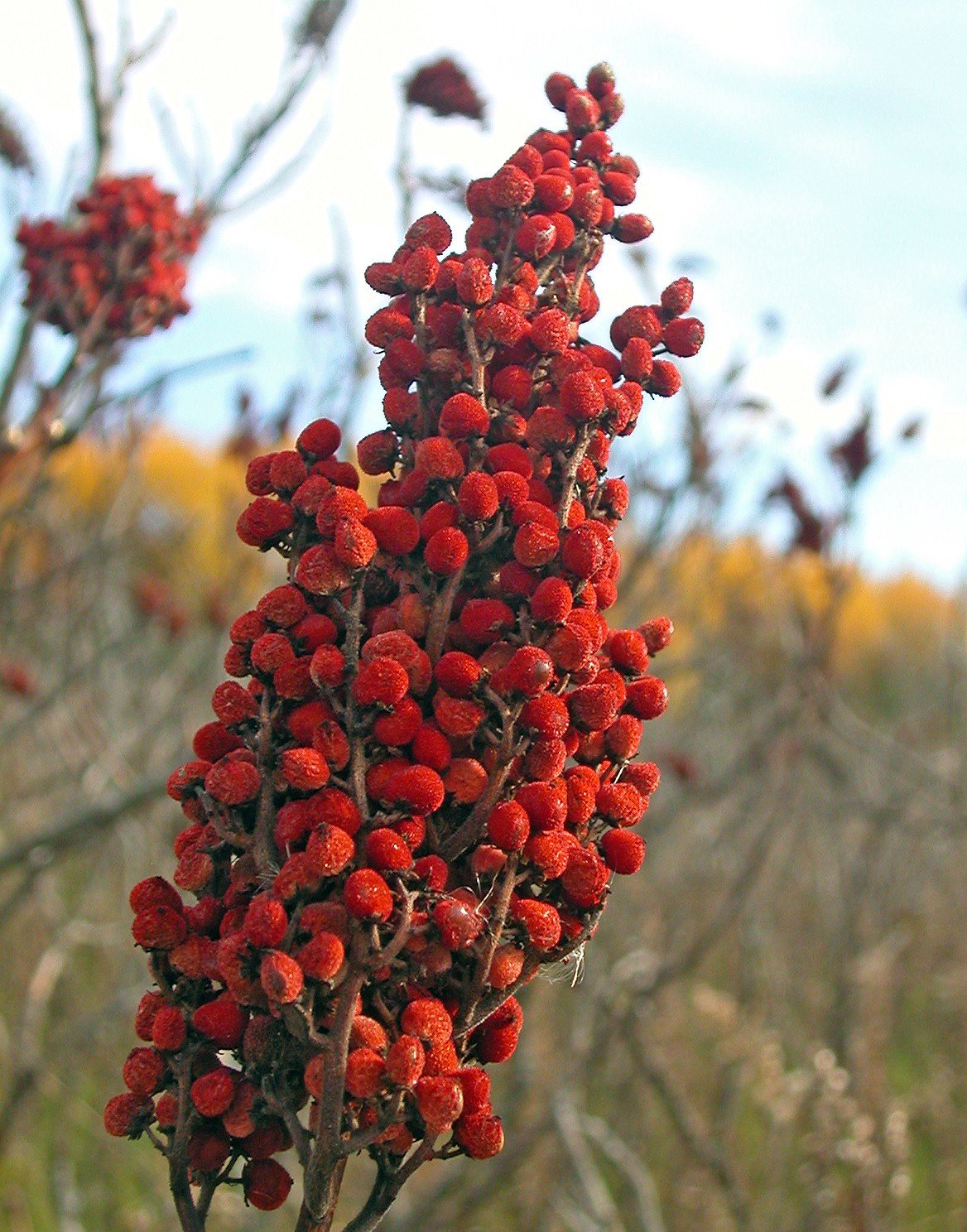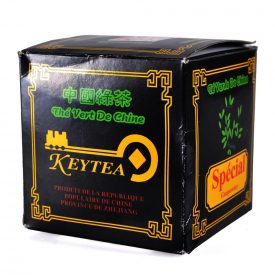Ancient herb sumac, made from ruby berries that are ground into a beautiful chunky powder that bursts with color and flavor, has been underrated in the kitchen (if you immediately thought of poison ivy, you’re wrong!) For centuries. We are here to fix that.
However, if you grew up in a Middle Eastern home, you probably have a very different sumac story to tell. “You will know it as a tart flavor that is a great substitute for lemon or vinegar, and is great for use on skewers, skewers, fish or chicken.” “It has been used to add spicy and fresh flavors in Lebanese, Syrian, Armenian and Iranian cuisine for many millennia, and you couldn’t walk through a street food market from centuries past (even today) without seeing it everywhere you go. your surroundings”.
Issuperfood tea tea is an anti-inflammatory superhero
Zumac is the secret ingredient in endless Middle Eastern mezzes, salads, rice dishes, stews and kebabs. It is also the main element and focal point of za’atar, a very popular and timeless Middle Eastern spice blend of sumac, oregano, thyme, sesame seeds, and marjoram. And thanks to its beautiful deep red color, sumac is the perfect finishing touch for sauces, veggies, grains, and more.
How to start cooking with sumak
Sumac is ideally used instead of (or in addition to) lemon juice or lemon zest when preparing dishes such as salads, hummus,marinades or dressings, tzatziki or baba ganoush.
You can also sprinkle it over basmati rice, grain salads, pita chips, or any type of flatbread (or use it as a way to boost the flavor of store-bought breads or chips). Add it to roasted vegetables, fried or scrambled eggs, or add it to roasted nuts. Rub sumac on meat, fish, or poultry, if you’re roasting them, even better. Continue?
Because sumac also combines very well with mint. “Two salads in particular, the Shirazi salad (in Iranian cuisine) and the Fattoush salad (in Arabic cuisine) add sumac and mint to their dressings.”
BenHealth benefits of sumac:
Sumac is one of the most powerful anti-inflammatory spices out there. It ranks high on the ORAC chart, which means it’s packed with antioxidants and has the ability to neutralize free radicals that can cause cancer, heart disease, and signs of aging.
Sumac is also a beneficial ingredient for people with type 2 diabetes. Studies have shown that taking sumac daily for three months will reduce the risk of cardiovascular disease among people with type 2 diabetes.






